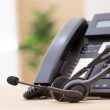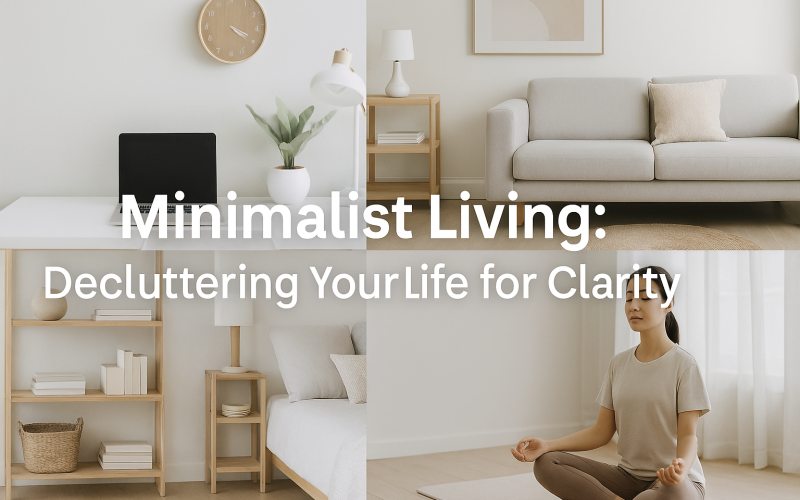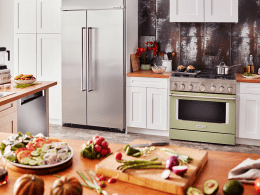Introduction
Every day we collect more things than we need. We buy clothes, gadgets, and home items. We store papers, emails, and files. This stuff can pile up fast. Clutter can fill our minds with noise. It can steal our focus and bring stress. Our homes and our minds fill up as we chase the next purchase. Ads and social media encourage us to buy more. But the pursuit of more can leave us feeling trapped. Minimalist living offers a way out. It asks us to keep only what adds value to our lives. It guides us to clear our spaces for more calm and clarity. This guide will give you simple steps for decluttering and living with more ease. You will learn what minimalist living means and why it matters. You will find effective decluttering tips to help you sort your belongings and free your mind. You will also discover the benefits of simple living and intentional habits. By the end, you will feel ready to take your first step toward a life with less stuff and more meaning.
What is Minimalist Living?
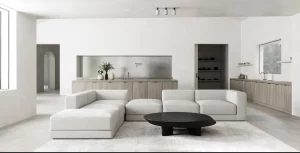
Definition of Minimalist Living
Minimalist living is a lifestyle that focuses on essentials and removes excess. It is about choosing items and habits that add value. It helps create space to see what matters most.
Core Principles of Minimalist Living
Minimalism has roots in art and design from the 1960s. Artists used simple shapes to send strong messages. Over time, minimalism spread to home design, fashion, and lifestyle. Today, people adapt minimalism in many ways. Some focus on clean spaces and neutral colors. Others practice digital minimalism to limit screen time and notifications. A core idea is intentional living. You ask why you own each item or habit. Quality over quantity is another rule. A well-made product often beats many low quality ones. You also embrace purpose. Your space, schedule, and devices serve your goals. Minimalist living is not one size fits all. It can range from a capsule wardrobe to a tiny home. Adapt the scale to fit your life so you gain more clarity, calm, and control.
Minimalist living can also include practices beyond home design. Many people apply simplicity to their schedules by reducing meeting overload or blocking focus time. Some choose minimal travel packing with only the essentials for a trip. Digital minimalism urges limits on notifications, social media, and endless streaming. By cutting these distractions, you can improve focus and mood. This flexible lifestyle lets you decide where to apply minimalism, making it personal and sustainable.
Benefits of Minimalist Living
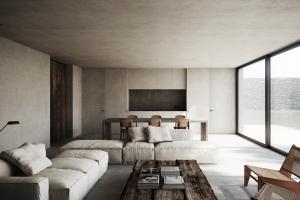
Minimalist living can bring many rewards beyond less clutter. Mentally, a tidy space can boost focus. When your desk and rooms stay clear, you can think more easily. Emotionally, letting go of items tied to guilt can heal old wounds and bring relief. Financially, buying less reduces expenses and lets you save for goals like travel, education, or emergency funds. Physically, living simply can encourage active hobbies over screen time, supporting better health and fitness.
The Psychology Behind Decluttering
Clearing clutter can have deep effects on your brain and mood. Researchers have linked cluttered spaces to higher cortisol levels, a stress hormone. When your environment is messy, your mind may stay in alert mode. This can impact sleep, focus, and health. A tidy setting signals to your brain that it is safe to relax.
Another concept is decision fatigue. Each daily choice—what to wear, which coffee mug to use—uses mental energy. When you have too many items, you face more small decisions. Over time, this can lead to fatigue and poor choices. By narrowing your options, minimalist living eases decision making and frees mental bandwidth for more important tasks.
How to Start Decluttering Your Life
Getting started on decluttering can feel overwhelming. The key is to break it into small, doable steps. Begin with a single drawer or a shelf. Set a timer for fifteen minutes and focus only on that zone. When the timer ends, take a break or move to a new spot. Small wins build momentum and make the larger process less scary.
Next, sort your items into categories. Create simple areas for keeping, donating, recycling, or storing. As you handle each object, ask if it serves a purpose or brings joy. If not, place it in the donate or recycle pile. For sentimental or uncertain items, use a holding box. Store these items out of sight for three months. If you do not miss them, let them go with confidence.
Decluttering Tips for Different Areas
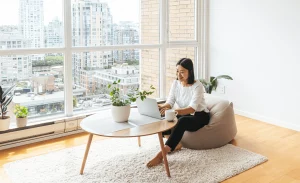
Decluttering can look different in each part of your life. In living spaces, clear surfaces by removing items you do not use daily. Place remote controls or chargers in a basket or tray. This small step creates a calm and tidy atmosphere.
Digital clutter can weigh on your mind as much as physical items. Start by cleaning your email inbox. Unsubscribe from unused newsletters and delete old messages. Organize important emails into folders with clear labels. On your phone and computer, remove apps and files you no longer need. Back up key documents to the cloud and delete duplicates. A tidy digital workspace can boost productivity and reduce stress.
| Area | Action | Benefit |
|---|---|---|
| Living Room | Clear off unused items | Creates a calm, relaxing space |
| Kitchen | Store or donate rare gadgets | Speeds meal prep and cleanup |
| Bedroom | Build a capsule wardrobe | Simplifies daily dressing |
| Bathroom | Remove expired products | Ensures a healthier routine |
| Digital Space | Unsubscribe and delete | Reduces mental clutter |
Use this guide to approach each zone with clear actions and benefits. Adjust the steps to fit your own pace and needs.
Room-By-Room Guide to a Minimal Home
Every space has unique challenges. In the bedroom, start with the closet because clothing volume often shocks people into sustainable change. Keep pieces that fit current size, climate, and lifestyle, and set seasonal capsule limits, such as thirty versatile items.
In the kitchen, focus on duplicates. Most cooks need one sharp chef’s knife, one sauté pan, and one stockpot. Donate extra mugs and novelty gadgets that crowd drawers.
Living rooms benefit from furniture with hidden storage, allowing remotes and chargers to vanish when not in use. Bathrooms gather expired products; toss old medication and adopt multipurpose skin care to cut bottle count.
Digital Minimalism: Clearing the Invisible Mess
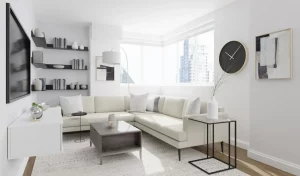
Physical clutter is obvious, yet digital overload can drain clarity even faster. Hundreds of notifications, chaotic file names, and scattered cloud drives cause silent stress.
Begin by auditing devices. Delete unused apps and turn off non-essential alerts to reduce interruptions. Organize files with clear folder names and consistent dates so searches become effortless. Unsubscribe from newsletters you rarely open; the average inbox shrinks by thirty percent within a week.
Emotional Minimalism: Letting Go Inside
Objects often carry memories and potential guilt. A stack of unread books whispers, “You should be smarter.” A dusty treadmill says, “You should exercise more.”
Emotional minimalism addresses these silent narratives. Start by recognizing that an item is not a promise; letting go does not erase ambition or love. Thank the object for its lesson, then release it. This practice, borrowed from Japanese organizing traditions, removes shame from decluttering.
Next, rethink gifts. Relationships thrive on shared time, not stored presents. Passing along items can spread joy rather than offend givers.
Finally, set healthy boundaries with sentimental collections, such as photos. Select the best images, digitize them, and store originals safely or recycle duplicates.
Conclusion
Minimalist living offers a clear path to a calmer, more focused life. By focusing on essentials and letting go of the rest, you free both space and mind. You explored the roots and core principles of simple living. You discovered a range of benefits from mental clarity and financial freedom to stronger relationships and eco friendly choices. You learned the psychology behind clutter and saw how habits and decision fatigue play a role. You found practical steps to begin decluttering and targeted tips for every zone in your life. You also uncovered common challenges and ways to overcome them. Finally, you built a plan for daily routines and monthly reviews to keep your space and mind clear. Embracing minimalist living can bring more time, less stress, and more joy, helping you live each day with greater intention and ease.


